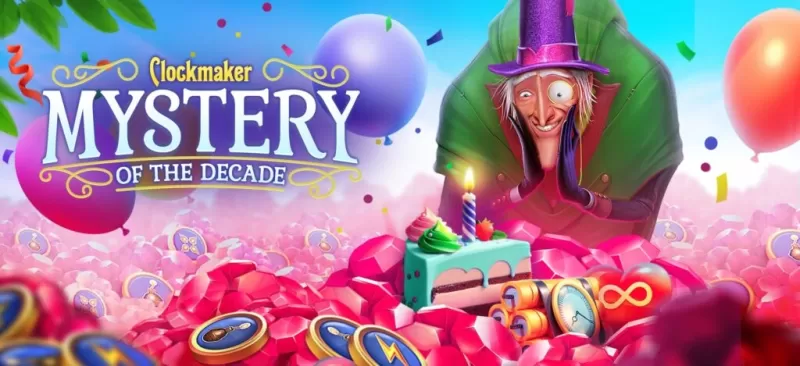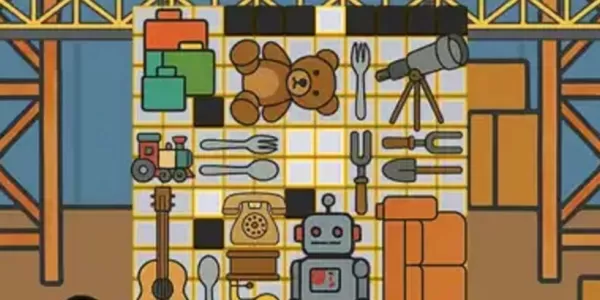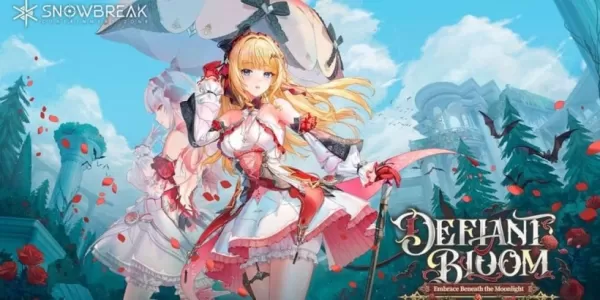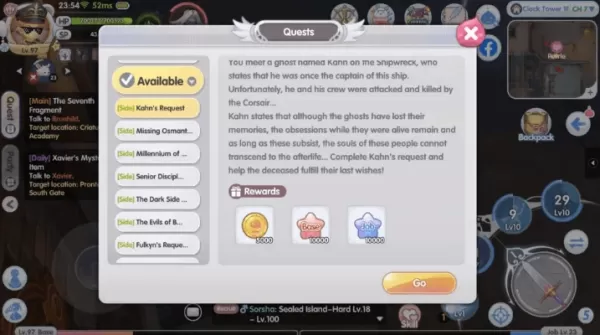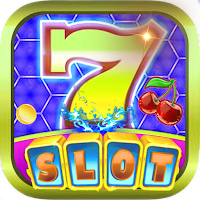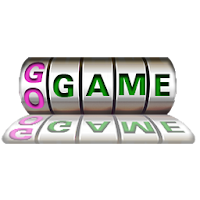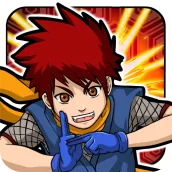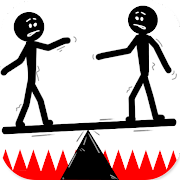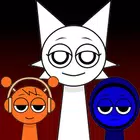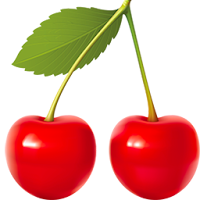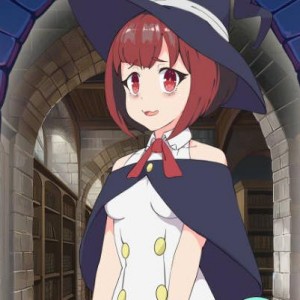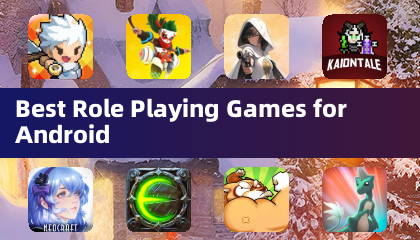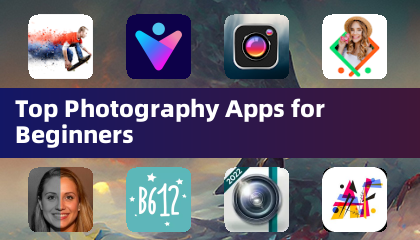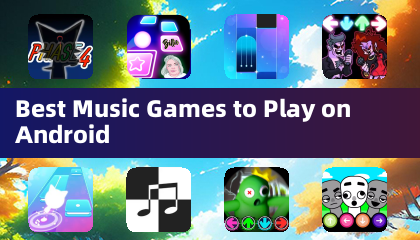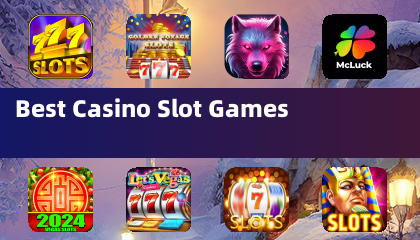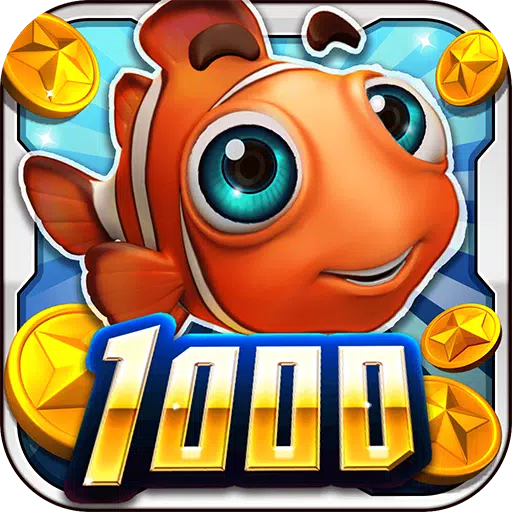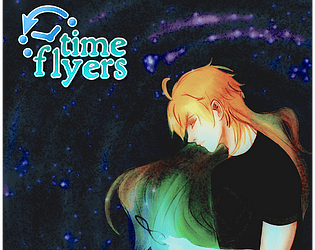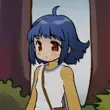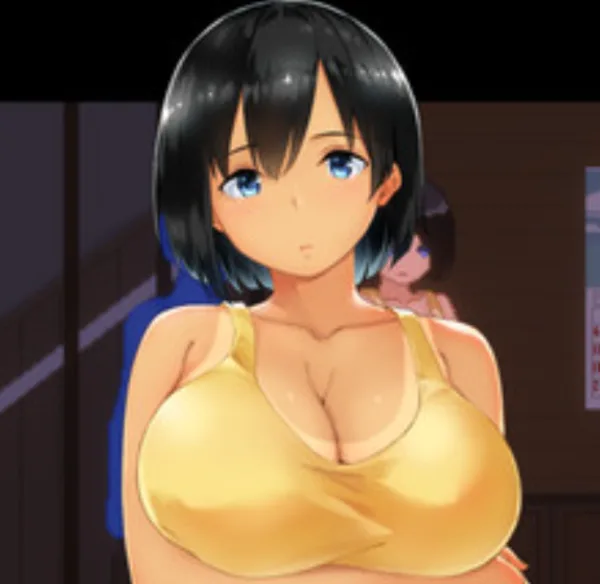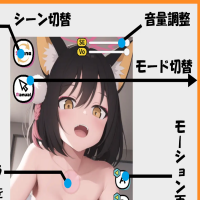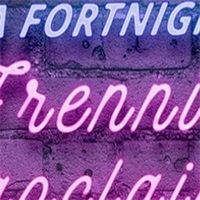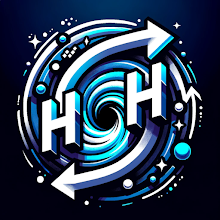Minecraft: From Humble Beginnings to Global Phenomenon
Minecraft's journey to global gaming dominance is a compelling story of innovation and community growth. Launched in 2009 by Markus "Notch" Persson, the game's initial success stemmed from its unique blend of creative freedom and exploration, drawing inspiration from titles like Dwarf Fortress, Dungeon Keeper, and Infiniminer.
Early Development and Initial Traction
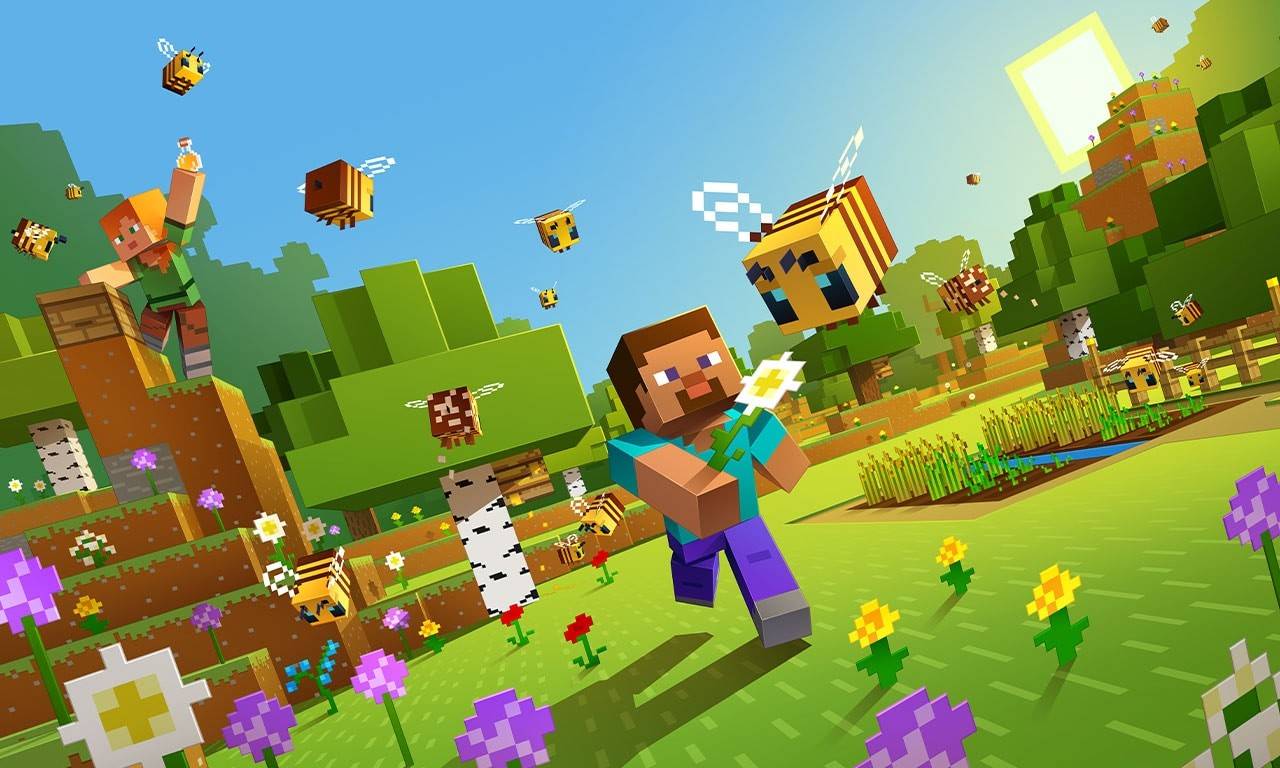 Image: apkpure.cfd
Image: apkpure.cfd
The alpha version, released on May 17, 2009, was a simple yet captivating pixelated sandbox. Its intuitive building mechanics quickly attracted players, laying the foundation for its future success. Developed during breaks from his work at King.com, Notch's creation began to garner attention through word-of-mouth and online communities.
Building a Community
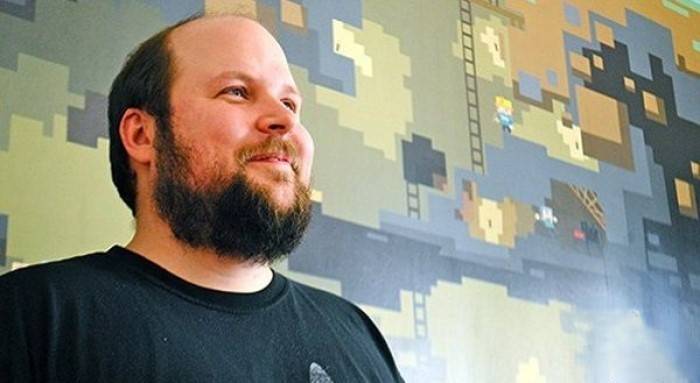 Image: miastogier.pl
Image: miastogier.pl
The game's popularity exploded, leading to a beta release in 2010 and the formation of Mojang Studios, allowing Persson to fully dedicate himself to Minecraft's development. The game's open-ended nature and limitless creative possibilities resonated deeply with players, who built everything from homes and landmarks to entire cities. The introduction of Redstone, a material allowing for complex mechanisms, further enhanced the gameplay experience.
Global Launch and Continued Growth
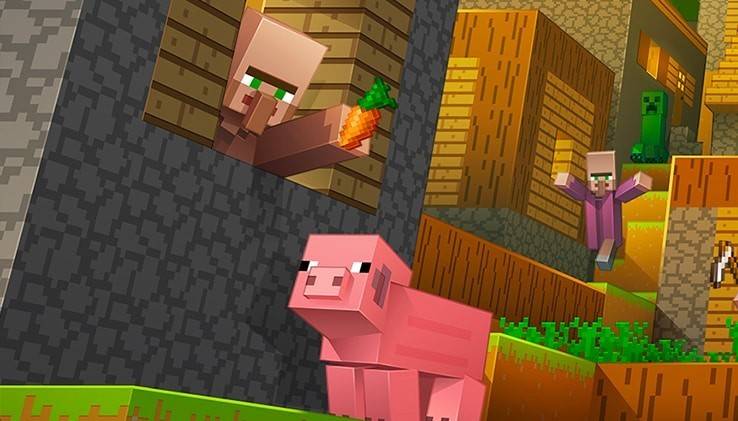 Image: minecraft.net
Image: minecraft.net
The official release of Minecraft 1.0 on November 18, 2011, cemented its place in gaming history. Millions of players were already engaged, forming one of the largest and most active gaming communities globally. Players created modifications, custom maps, and even educational projects, showcasing the game's versatility. Expansion onto consoles like the Xbox 360 and PlayStation 3 in 2012 broadened its appeal even further.
Minecraft Versions Across Platforms
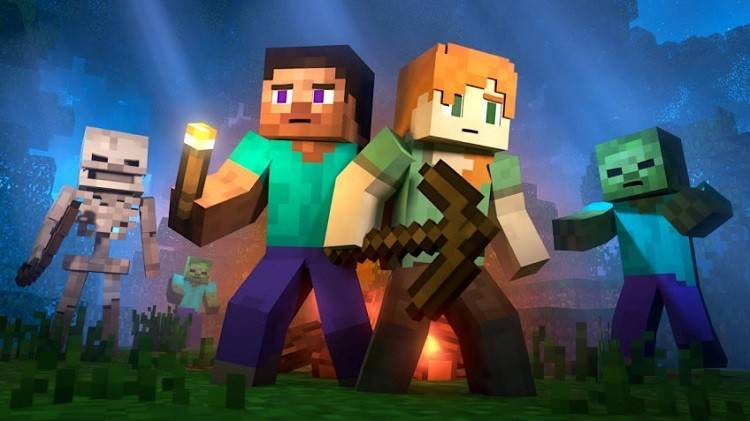 Image: aparat.com
Image: aparat.com
The following table summarizes key Minecraft versions released since the initial launch:
| **Version** | **Description** |
| Minecraft Classic | The original free version. |
| Minecraft: Java Edition | Initially lacked cross-platform play; later integrated Bedrock Edition features. |
| Minecraft: Bedrock Edition | Enabled cross-platform play across various devices. PC version also includes Java features. |
| Minecraft mobile | Cross-platform compatible with other Bedrock editions. |
| Minecraft for Chromebook | Chromebook-specific version. |
| Minecraft for Nintendo Switch | Includes the Super Mario Mash-up pack. |
| Minecraft for PlayStation | Cross-platform compatible with other Bedrock editions. |
| Minecraft for Xbox One | Partially Bedrock; no longer receiving updates. |
| Minecraft for Xbox 360 | Support discontinued after the Aquatic Update. |
| Minecraft for PS4 | Partially Bedrock; no longer receiving updates. |
| Minecraft for PS3 | Support discontinued. |
| Minecraft for PlayStation Vita | Support discontinued. |
| Minecraft for Wii U | Offered off-screen play. |
| Minecraft: New Nintendo 3DS Edition | Support discontinued. |
| Minecraft for China | China-specific version. |
| Minecraft Education | Educational version used in schools and educational settings. |
| Minecraft: PI Edition | Educational version for Raspberry Pi. |
A Lasting Legacy
Minecraft's impact extends far beyond the game itself. It has fostered a thriving ecosystem encompassing dedicated communities, countless YouTube channels, extensive merchandise, and even official competitive events. The ongoing release of updates with new biomes, characters, and features ensures its continued relevance and enduring appeal. Minecraft is more than a game; it's a cultural phenomenon that continues to shape the gaming landscape.


